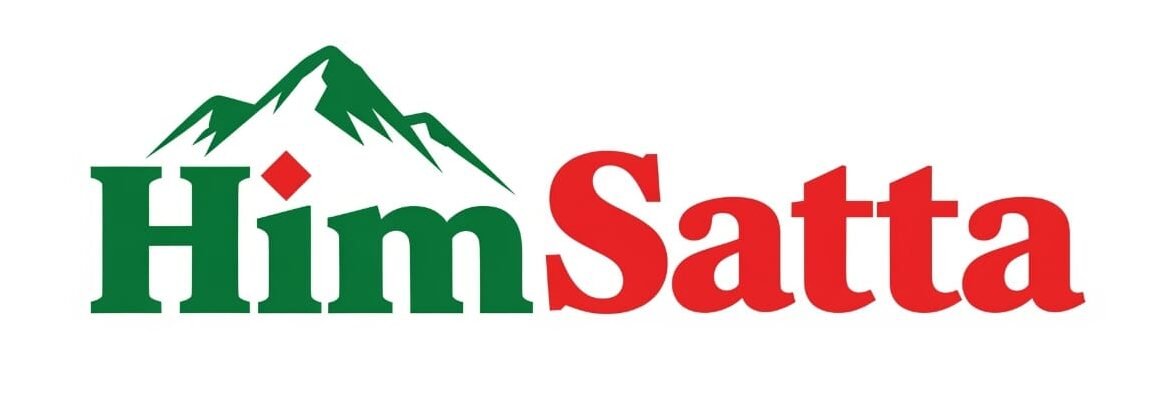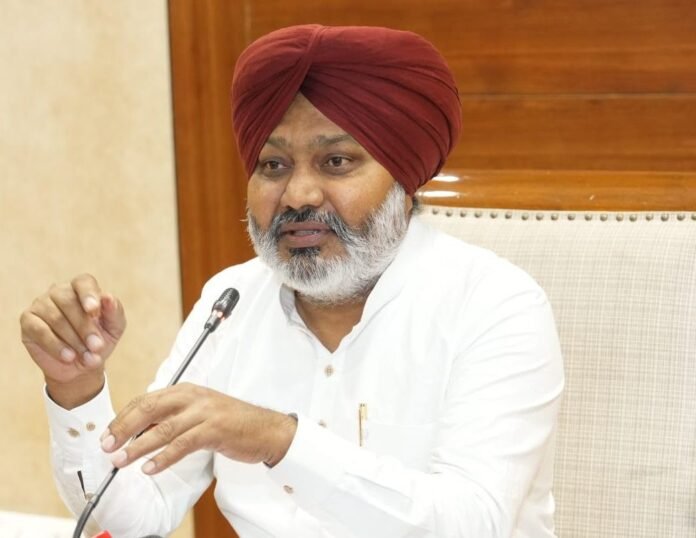Punjab’s coffers witnessed an astonishing spike in Goods and Services Tax (GST) collection for June 2025, promising to reshape the state’s financial roadmap. Official figures, showing an increase of 44.44% compared to the previous year, mark a watershed moment. Revenue authorities confirmed that the gross GST intake surged to ₹2,379.9 crore, surging past ₹1,650 crore collected in June 2024. For the first quarter of FY 2025–26, the total GST haul reached a record ₹6,700 crore—27% higher year-on-year.
Officials attribute this phenomenal growth to improved tax compliance, digitization of invoicing, and stricter enforcement against evasion. The implementation of automated e-invoicing, enhanced technology integration through AI-powered risk analytics, and a coordinated campaign across commercial hubs like Ludhiana and Jalandhar have been instrumental.
Senior Auditors report that major sectors—manufacturing, retail, and e-commerce—accounted for a lion’s share of the increase. Small and medium enterprises, traditionally the most difficult to tax, experienced higher assessments after the rollback of certain pandemic-era exemptions.
In addition to bolstering the state treasury, the revenue uplift addresses Punjab’s chronic fiscal stress. Over the last decade, the state has grappled with escalating debt, ballooning pensions, and fixed costs. The increased GST revenues provide some easing of pressure, enabling capital outlays toward infrastructure and public services, alongside reducing the reliance on market borrowings.
However, experts caution against complacency. Punjab’s share of GST remains modest compared to top-performing states like Karnataka and Maharashtra, which have shown 50–60% growth in similar quarters. Revenue analyst Arti Singh notes, “While Punjab’s numbers are impressive in isolation, sustainable growth depends on maintaining enforcement momentum and expanding the tax base.”
Economists also emphasize public perception. Given the parallel rise in cost of living, especially in essential commodities, maintaining the delicate balance between rigorous collection and rate relief will be key. Agricultural exemptions and relief under input tax credit mechanisms may need re-evaluation to avoid burdening farmers and traders.
The government’s next steps focus on using the extra revenues efficiently—enriching rural electrification, health facilities, and educational resources without inflating recurring subsidy expenses. Upgrades to IT systems will also focus on processing refunds faster and reducing litigation, helping businesses formalize transactions with greater confidence.
Meanwhile, Chief Minister Bhagwant Mann’s administration touts the figures as proof of fiscal prudence and improved economic governance. Speaking at a recent economic review meeting, he described this GST uptick as a springboard for strategic investments in green energy, road development, and tourism promotion.
If Punjab can maintain this momentum—anchored in fair, transparent collection while supporting growth sectors—the state may chart a path from being revenue-challenged to fiscally confident. For public spending priorities such as healthcare, rural employment, and schools, a reliable revenue base is indispensable.
India’s broader economy has been watching Punjab’s performance. A sustained increase in GST performance across states helps fortify federal fiscal sustainability, making Punjab’s boom a welcome indicator ahead of the national Budget. The Centre is expected to spotlight these results in upcoming policy deliberations on fiscal transfers and the next wave of tax reforms.
#GSTGrowth #PunjabEconomy #FiscalStrength
This is an auto web generated news web story.





